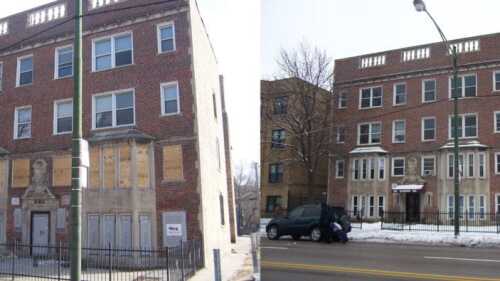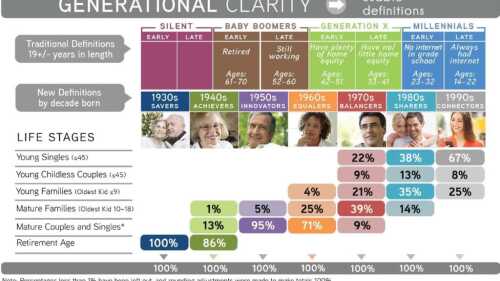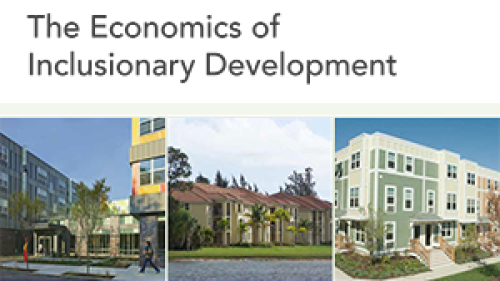Residential
The city of Chicago’s Troubled Building Initiative was selected by the ULI Terwilliger Center for Housing as the winner of the 2016 Robert C. Larson Housing Policy Leadership Award, an annual recognition of the innovative ways the public sector is addressing the country’s affordable housing crisis.
At least 5.5 million units of naturally occurring affordable rental housing exist in cities across the United States, according to newly released data from CoStar, a leading provider of data and analytics for the commercial real estate industry. In an age of dwindling public subsidies for affordable housing, the concept of preserving naturally occurring affordable housing (NOAH) is gaining currency.
Combining the best of urban and suburban living, they will meet the needs of more demographic groups, according to a new ULI report, Demographic Strategies for Real Estate, prepared for ULI’s Terwilliger Center for Housing by John Burns Real Estate Consulting.
The potential and limitations associated with inclusionary zoning, a tool used by a growing number of U.S. cities to encourage or require workforce housing development, are explored in a new ULI report, The Economics of Inclusionary Development.
Newly released data and analysis from several sources illustrate a major obstacle to a fully healthy housing market in the United States: the nation is not building nearly enough new residential units.
Mercantile Place is a rental apartment community in downtown Dallas consisting of four separate and diverse buildings with a total of 704 apartments. Two of the apartment buildings were converted from office buildings, one of which was historic; the third is a renovated historic apartment building previously converted from office space; and the fourth is a new 15-story apartment building. Though the buildings are located on three separate blocks, they share amenities and parking, and the four buildings have been positioned and marketed together as one residential community.
Congress has thrown its support behind new legislation that aims to fix some of the problems in the condo financing program of the Federal Housing Administration (FHA). The Housing Opportunity through Modernization Act (H.R. 3700) will loosen some of the more stringent regulatory requirements specific to condo mortgage insurance that were introduced in the wake of the housing finance crisis.
The laws of supply and demand—and the need for neighborhood evolution—still apply when communities try to boost their supply of affordable housing.
Affordable housing means many different things across the Asia Pacific region, but in every nation, the driving issue in its provision is the cost of land. That should come as no surprise; the Asian population of 4.3 billion represents 57 percent of the world total, according to United Nations data, but Asia has only 30 percent of the world’s land mass.
What matters most to college students living off campus? Members of ULI’s Student Housing Council discuss how private developers of student housing can create residences that appeal to students, their parents, and their academic institutions; which amenities are most in demand; which technological features are most important; and other trends.









